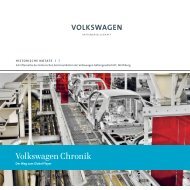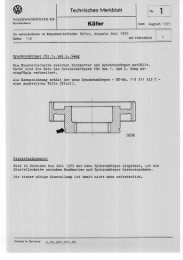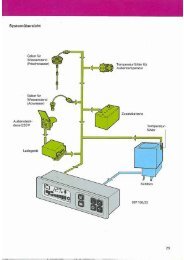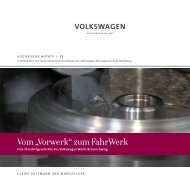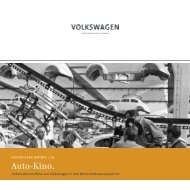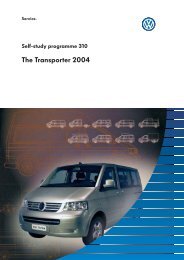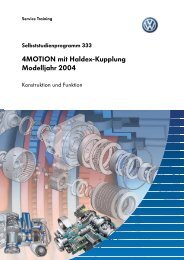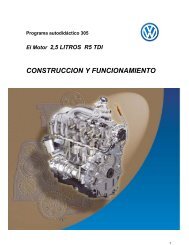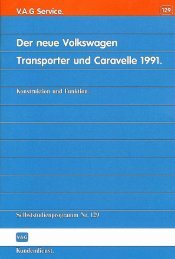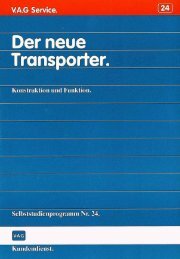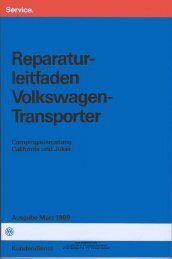HN 2: The British and their Works
HN 2: The British and their Works
HN 2: The British and their Works
You also want an ePaper? Increase the reach of your titles
YUMPU automatically turns print PDFs into web optimized ePapers that Google loves.
Owing to the chronic lack of living space in Wolfsburg,<br />
the majority of the workforce of Volkswagen was living<br />
in hardly inviting camps.<br />
about the proficiency of the managerial staff, including foremen<br />
<strong>and</strong> supervisors, <strong>and</strong> warned that reshuffles or dismissals would<br />
ensue if a similar incident occurred. 107<br />
Under these conditions it was simply impossible to fulfil the<br />
production programme issued at the beginning of June 1947,<br />
which called for an increase to 2,500 vehicles per month by June<br />
1948. Even maintaining the comm<strong>and</strong>ed production rate of<br />
1,000 cars, plus the spare parts for the Military Governments<br />
<strong>and</strong> the main distributors, meant that an additional 400<br />
workers were needed. An increase to 1,350 cars per month required<br />
a further 700 people, though this figure was reduced to<br />
500 as a result of the transfer of manufacturing work to the<br />
Vorwerk. To achieve the target of 2,500 cars, the company<br />
needed this number of employees. 108 From April 1947 the labour<br />
office was no longer able to cover these labour requirements<br />
from the Wolfsburg area or by inter-area swaps. In collaboration<br />
with the labour offices of Wolfsburg <strong>and</strong> Uelzen, the State<br />
Labour Office in Hanover <strong>and</strong> the refugee camps, the company<br />
had shifted to recruiting workers from the Soviet-occupied zone.<br />
44 45<br />
WORKFORCE TURNOVER



